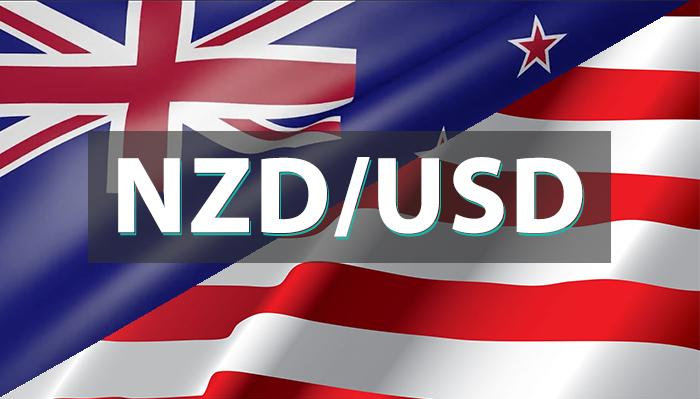The NZD/USD pair continues struggling to find acceptance or build on its modest intraday gains beyond the 0.6300 mark and meets with a fresh supply on Tuesday. The selling picks up pace during the early European session and drags spot prices to a new daily low, around the 0.6265 region in the last hour.
A combination of factors pushed the US Dollar (USD) higher for the second straight day, back closer to a two-month high touched last Friday, which, in turn, is seen exerting some downward pressure on the NZD/USD pair. Despite the less hawkish remarks by Federal Reserve (Fed) Chair Jerome Powell, investors seem convinced that the US central bank is likely to continue hiking interest rates. The overnight comments by a slew of influential FOMC members lifted the bets, indicating that the US central bank will keep interest rates higher for longer. This, with hopes that US politicians can come together on a debt ceiling deal, keeps the US Treasury bond yields elevated and benefits the Greenback.
US President Joe Biden and House Speaker Kevin McCarthy ended discussions on Monday with no agreement on how to raise the US government’s $31.4 trillion debt ceiling. They will keep talking just ten days before a possible default. This, in turn, allowed the yield on the benchmark 10-year US government bond to rise for a seventh straight day on Monday and register its longest winning streak since April 2022. Besides, worries over slowing global growth, particularly in China, further benefit the safe-haven buck and weigh on antipodean currencies, including the New Zealand Dollar (NZD). It is worth recalling that data released from China last week showed that the world’s second-largest economy underperformed in April.
However, the NZD/USD pair finds some support near the 200-hour Simple Moving Average (SMA), at least for now, as traders seem reluctant to place aggressive bets ahead of the Wednesday Reserve Bank of New Zealand (RBNZ) meeting. The recent survey showed that inflation expectations for the first quarter eased to 2.79% from 3.30% and forced investors to scale back their bets for further rate hikes. This might have set the stage for a dovish shift and favored bearish traders. Heading into the critical central bank event risk, traders on Tuesday will take cues from the flash US PMI prints.
The US economic docket also features the release of New Home Sales data and the Richmond Manufacturing Index, due later during the early North American session. This, along with the US bond yields, the US debt ceiling talks, and the broader risk sentiment, might influence the USD price dynamics and provide some impetus to the NZD/USD pair.

